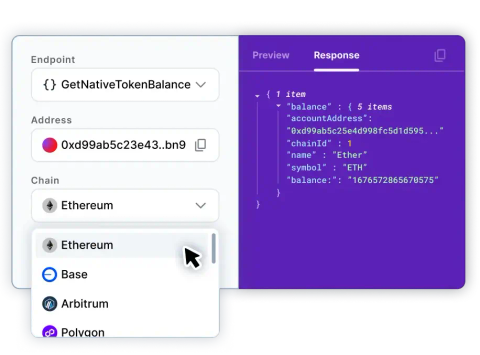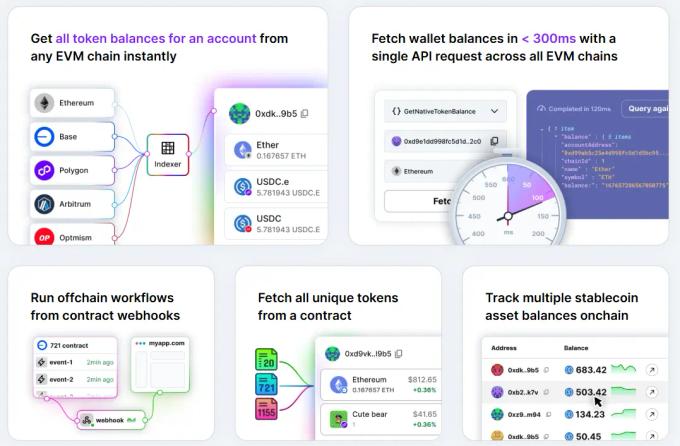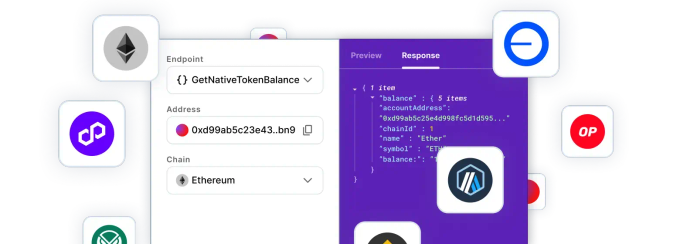What is an indexer? And how does it work?
November 12 2025
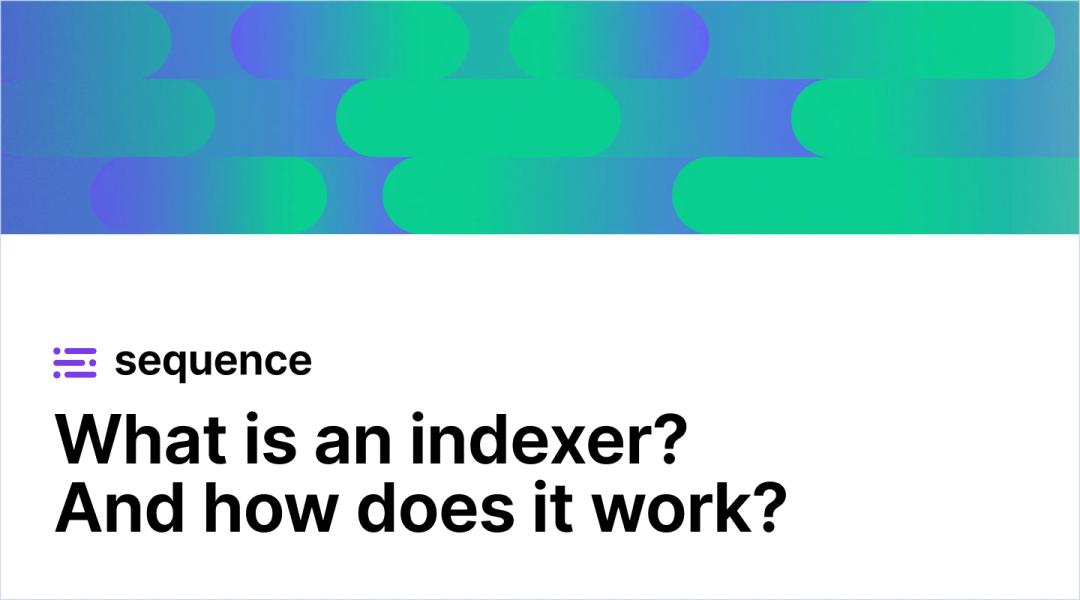
The onchain world runs on data. Every wallet interaction, token transfer, game action, and DeFi trade leaves a trace on the blockchain. But reading and making sense of that raw data in real time is a challenge. This is where indexers come in.
They act as the bridge between complex blockchain data and the applications that rely on it. This allows web3 developers to deliver fast, reliable, and data-rich user experiences.Indexers are foundational to the growth of ecosystems across DeFi, stablecoins, and web3 gaming.
As more applications and protocols move onchain, indexing solutions redefine how teams access, organize, and use blockchain data to build scalable and seamless web3 platforms.
What is an indexer?
An indexer is an infrastructure service that collects, structures, and serves blockchain data in a searchable and developer-friendly format.
Instead of reading directly from the blockchain, which can be slow and resource-intensive, indexers scan EVM chains, extract relevant smart contract events, and store them in optimized databases. This allows web3 applications, marketplaces, crypto gaming platforms, DeFi platforms, such as exchanges and pools to earn, to query blockchain data in milliseconds, rather than waiting for complex node calls to process.
Indexers are key parts of the web3 stack, enabling cross-chain data visibility, simplifying chain abstraction, and supporting multi-chain ecosystems.
To recap, indexers turn raw blockchain information into organized, queryable insights with low latency.
How does an indexer work?
Think of an indexer as a search engine for the blockchain. It scans every new block, filters important events like token transfers, NFT mints, or contract interactions, and keeps that data ready for instant access through APIs or SDKs.
Here’s a simplified flow of how an indexer works:
- Ingestion: The indexer monitors new blocks on an EVM chain or cross-chains.
- Parsing: It decodes transaction logs and smart contract events.
- Storage: The indexer then stores data in an easily queryable database optimized for web3 development and analytics.
- Serving: Developers access that data using simple queries through websockets, or REST APIs, powering real-time dashboards, applications, crypto wallets, and marketplace backends.
This process fuels everything from stablecoin asset balances, NFT marketplaces, player inventories in blockchain games, and more.
Indexer use cases for chains, DeFi, stablecoins, and gaming
Chains
For blockchains, an indexer exposes standardized, structured data to developers building across their ecosystem. It accelerates web3 development by making block and event data instantly usable without requiring teams to maintain their own nodes or pipelines. This means faster chain abstraction and cross-chain interoperability.
DeFi
DeFi protocols rely on precise data from numerous contracts. Indexers simplify access to token balances, liquidity pool statistics, and transaction histories. They power frontends, analytics tools, and portfolio trackers. Without an indexer, DeFi applications would have to query blockchain nodes directly, leading to slow user experiences and costly data retrieval.
Stablecoins
Stablecoin projects depend on transparency and how traceable they are. Indexers make it easy to show real-time supply metrics, wallet distributions, and cross-chain minting or redemption flows. This enables issuers and users to track stability and liquidity across networks with full onchain visibility.
Gaming
In web3 gaming, data underpins everything from NFT-based inventories and player statistics to marketplace listings and rewards systems. Indexers enable web3 game developers to sync onchain actions like ownership transfers and achievements with real-time gameplay logic. This ensures that crypto games remain immersive while keeping every event onchain.
As highlighted by recent developer trends, blockchain gaming projects increasingly rely on fast, accurate indexing to power their web3 gaming stack and integrate with major engines like Unity and Unreal.
Sequence Indexer and its unique advantages
Sequence Indexer powers millions of onchain interactions across wallets, games, and DeFi platforms, delivering real-time, multi-chain visibility and reliability.
Built as part of the Sequence modular stack, it connects seamlessly with Wallets, Sequence Builder, and RPC Gateway, creating a single, high-performance layer for data, payments, user experience, and web3 development.
- Multi-chain support. Access consistent, structured data across 25 EVM blockchains without maintaining separate infrastructure, enabling effortless scaling across multi-chain environments.
- Comprehensive metadata. Automatically retrieve enriched metadata for assets, including logos, names, descriptions, and token types, making web3 integration smoother and faster for any app or game.
- Real-time updates. Access near-instant data for new blocks, events, and transactions through webhooks, allowing your systems to react instantly to onchain events. Ideal for web3 payment systems, crypto checkouts, DeFi dashboards, and real-time analytics.
- Reliable event delivery: Developers can trigger external workflows or backend processes the moment a transaction meets specific criteria, without polling or latency issues.
- Clean APIs: our Indexer Gateway allows delivery of token balances and details for a single wallet across all chains we support.
- Powerful SDKs: Such as Go and Typescript.
- Seamless integration: Integrate Sequence Indexer with other web3 modular solutions to create comprehensive user experiences onchain.
Whether you’re building a game, a DeFi app, or a multi-chain stablecoin solution, Sequence Indexer gives you the data foundation to scale with confidence.
Explore the Sequence Indexer → sequence.xyz/products/indexer
Sequence makes building onchain simple. Developers and teams can launch, grow, and monetize apps with unified wallets, 1-click cross-chain transactions, and real-time data, all in a modular and secure stack. No more stitching together fragmented tools or battling poor user flows. Sequence is production-ready infrastructure that helps teams ship faster, onboard more users, and scale confidently. From chains and stablecoins to DeFi and gaming, Sequence powers developers and applications across the EVM ecosystem with billions in transaction volume and millions of users. Trusted by leaders in blockchain, Sequence powers today’s onchain apps and delivers future-proof infrastructure for tomorrow’s breakthroughs. Learn more at sequence.xyz.
Written by

Sequence team
Sequence logoRelated Posts

A short guide that explains exactly what gasless transactions are, and why they matter for your web3 experience.
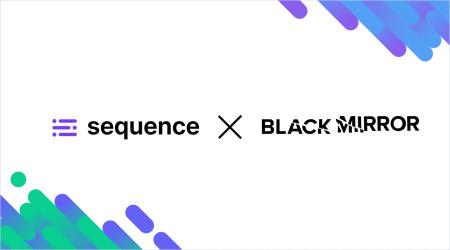
In partnership with KOR Protocol, Sequence and Msquared, Black Mirror's franchise has launched the $MIRROR token and a new web3 experience!

Web3 payment flows allow any app to embed onchain purchases and interactions in a way that feels natural for users. Learn more about them!

What exactly is a web3 stack, and how does it differ from traditional architecture? Let's break down this concept and explain its components!
